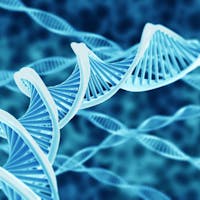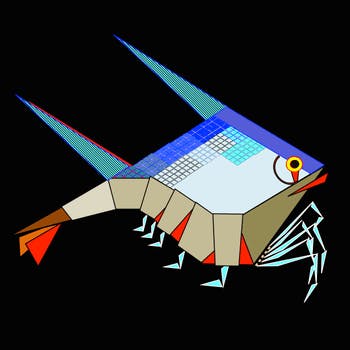Ernest and all,
There are numerous species of penaeid shrimp that have been cultivated around the world and for a very long time. Those cultivation efforts were artisanal for local consumption and markets. Optimum shrimp cultivation species selection (P. vannamei) itself has made the single greatest contribution to the establishment of the successful development of an economically viable and sustainably profitable modern global shrimp aquaculture industry.
I have commented before on the aquaculture suitability comparison work (with 14+ species of penaeid shrimp) that we accomplished at Ralston Purina - including P. stylirostris. As well, the interesting sub-species or geographic race differences discovered for some penaeid species - found particularly in P. stylirostris and later P. monodon. However, the species comparison work is still far from complete. We did not complete comparative performance examinations for geographic races of P. setiferus, P. schmitti, or P. occidentalis. Little additional work on aquaculture suitability potential has been done since.
During my time with Purina (1972-74) and then at CSCI (1979-1986) we grew P. stylirostris sourced from Ecuador, Panama, Costa Rica, Honduras and Mexico. There were notable superior growth performance differences exhibited by those P. stylirostris sourced from Puerto Penasco, Mexico. However, under super intensive production system conditions they proved to have less tolerance to vibrio and viral diseases than the P. vannamei of the time. Additionally, they had less stress resistance to salinities below 12PPT. None of these geographic races had any purposeful domestication selection at that point - meaning they were all from wild stock spawns with no lost genetic potential from selection.
I still think that selecting the most naturally adapted geographic races of shrimp species is a logical strategy to produce the optimum commercial shrimp strain and to get a leg up on commercial performance breeding in shrimp production. However, at this point in time and considering the advances in domesticated selection/genetic improvements that have been made in recent years in P. vannamei commercial cultivation strains, I’m not sure that it would be economically efficient for the avg. shrimp producer to consider rehashing shrimp species and their geographic races in their broodstock and genetic programs. Perhaps for larger companies with goals of being the suppliers of the most competitive shrimp production economic stocks it could be.
The question today could be whether P. vannamei domesticated (pre-limited?) broodstock genetics are still broad and plastic enough to support not only efforts to produce more rapid growth (some obvious success in growth enhancement already), but as well to produce larger individual shrimp sizes at harvest and or genetically adapted to specific culture conditions. P. vannamei was initially listed to be “too small for commercial usage” prior to Purina actually growing it for the first time in 1973. The question remains: “Can genetic enhancement in P. vannamei produce significantly larger more valuable P. vannamei?”
Consequently, this also means that the question may still be: “Can naturally occurring larger species of Penaeids, offer a faster and more economically efficient genetic enhancement route to larger and higher valued shrimp - than P. vannamei. Perhaps now with increasingly more sophisticated and efficient genetic enhancement tools available (than in the 1970s), the naturally occurring larger Penaeid species needs reexamination. Larger natural Peneid species with naturally evolved tolerance to aquaculture stresses - Penaeids species such as P. monodon, P. occidentalis, or even P. stylirostris might represent a better starting point for the development of a larger and higher value food shrimp for future commercial penaeid shrimp production.
Durwood M. Dugger, Pres.
BCI

